The constellation Sagitta is a relatively faint yet distinct star pattern visible in the northern hemisphere during the later summer months.
The constellation - whose name means 'arrow' - is composed of 4 main stars: Alpha Sagittae, Beta Sagittae, Delta Sagittae, and Gamma Sagittae
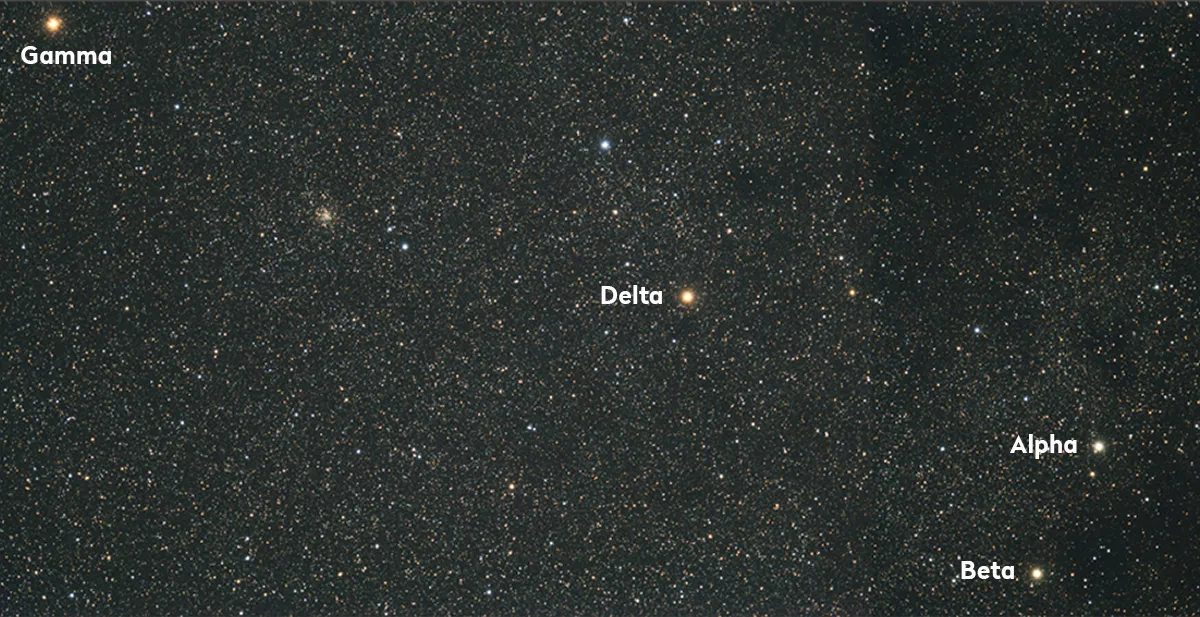
Sagitta the Arrow does indeed look like an arrow, with an isosceles triangle forming the flight, and the shaft represented by the line from Delta to Gamma.
See if you can pick out this constellation in the night sky between spring and early autumn.
It can be found near Vulpecula between Cygnus and Aquila, and these latter two mighty constellations will provide you with a good starting point for star-hopping to Sagitta.
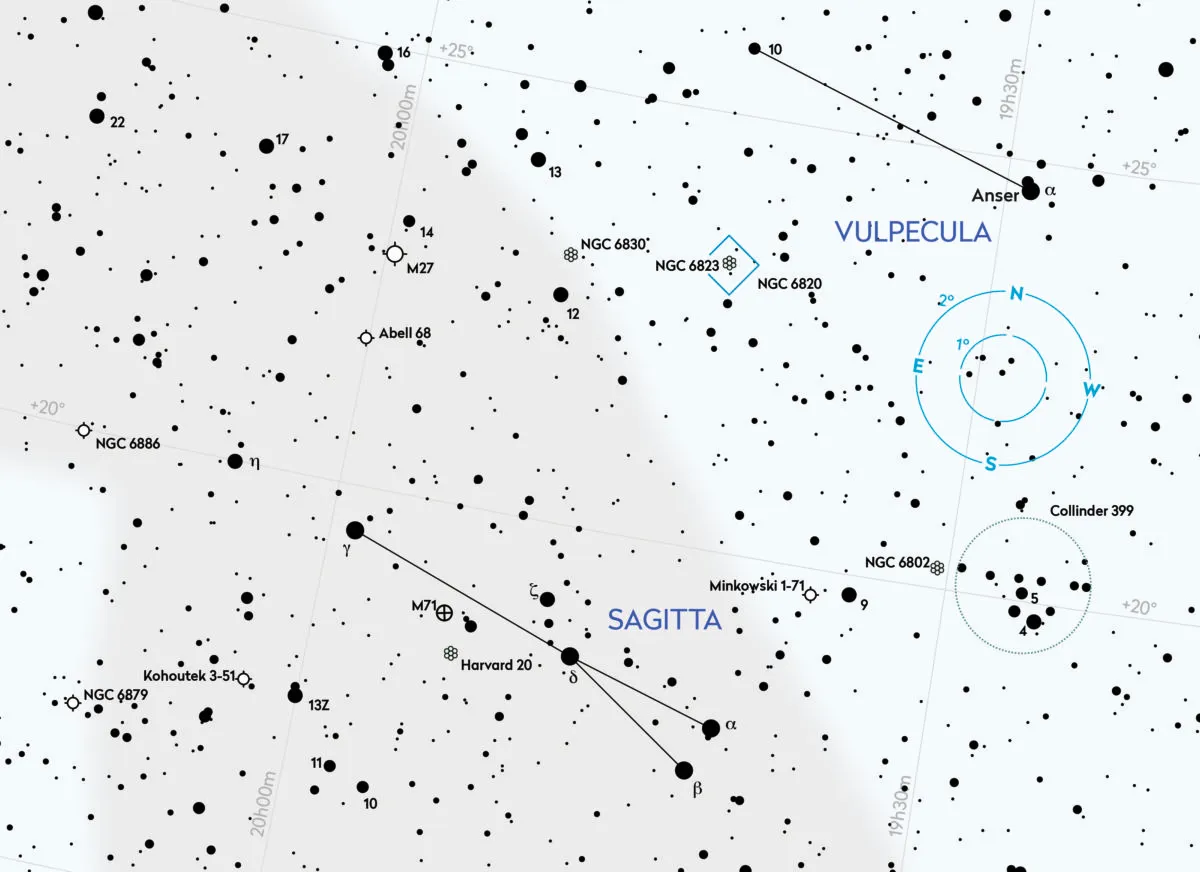
Once you've found Sagitta, get out your telescope and see if you can spot some of the deep-sky objects located within.
We've listed 6 of our favourite deep-sky objects in Sagitta below, to help you get started.
For help locating each of our targets, download our Sagitta deep-sky tour chart (PDF).
6 deep-sky objects to observe in Sagitta
1
M71

If the shaft of Sagitta is represented by the line from Delta to Gamma. Globular cluster Messier 71 sits south of the mid-point. M71 is an eighth-magnitude object. At powers of 200x, a 150mm instrument resolves some of M71’s stars, a trend which increases with aperture.
Curiously it looks more like an open star cluster and was originally considered to be one. It lacks the core concentration of a globular and its stars have more elements heavier than helium than a typical globular. It also lacks the RR Lyrae-class variable stars normally found in ancient globulars.
2
NGC 6886
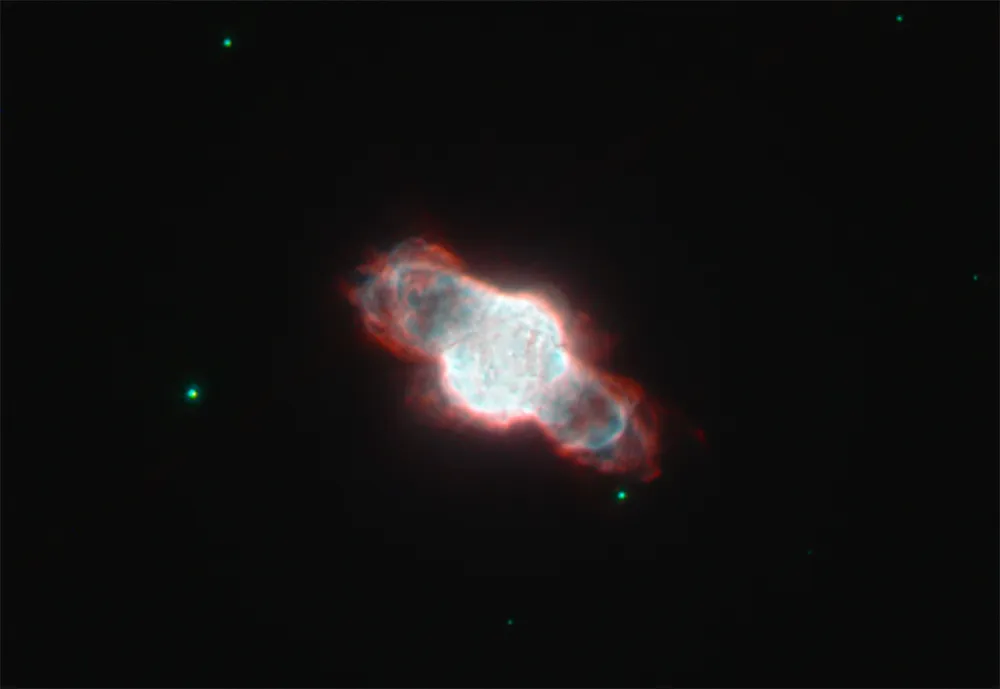
Our next target is the tiny and relatively dim planetary nebula NGC 6886. Locate it by extending the shaft of the arrow by the same length again, away from the flight. NGC 6886 sits 0.4º southeast of the position you arrive at. Apertures below 300mm will show the planetary as little more than a star-like point; high power over 400x is required to see anything more.
The nebula consists of a bright inner shell with a faint, irregular outer shell. Although the outer shell is about six arcseconds across, amateur telescopes will only reveal the tiny two-arcsecond inner shell. Located 15,000 lightyears from Earth, this is believed to be a young nebula, the shell of material ejected from its star expanding for approximately 1,500 years.
3
M27
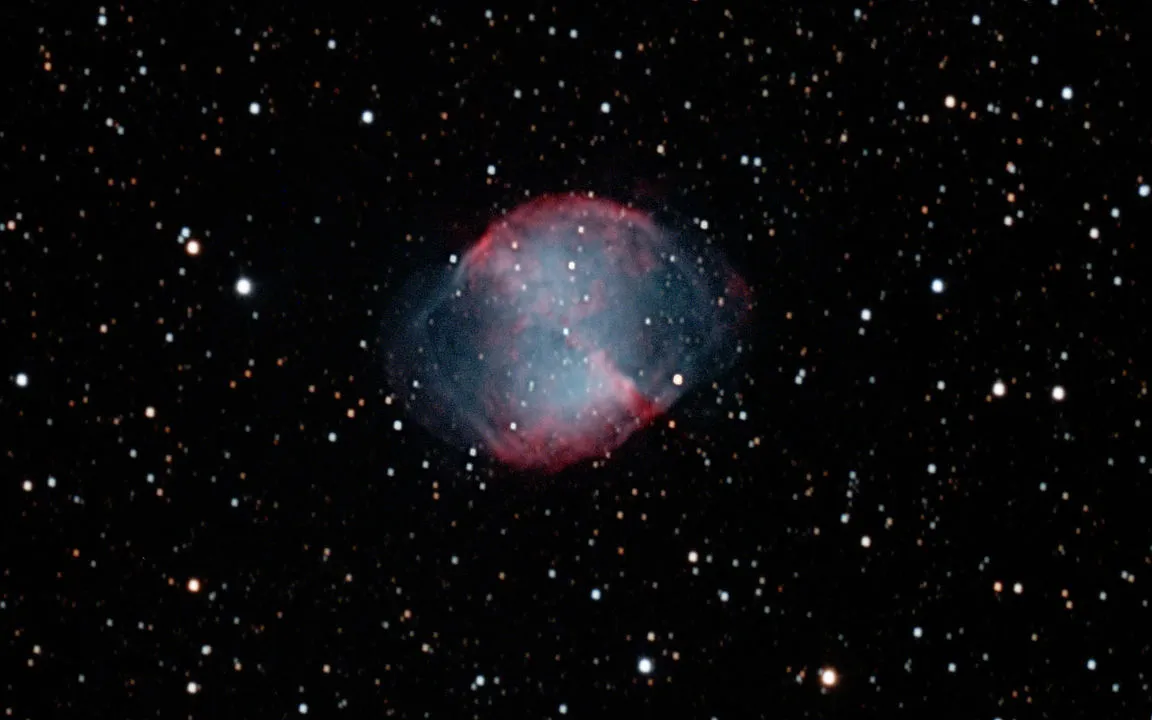
At the opposite end of the scale to NGC 6886 sits M27, the Dumbbell Nebula, which is actually in Vulpecula. Locate it by rotating Sagitta’s shaft line 120º anticlockwise about Gamma (γ) Sagittae. Where Delta would end up marks the location of M27. The nebula is mag. +7.3 and large at around 7 arcminutes.
It’s easily visible through smaller instruments and a 150mm scope reveals irregular brightness in the main disc, with dark patches to the east and west, the two brighter lobes giving M27 its familiar name. The southern lobe appears brightest, showing knots on its edge through larger scopes. The central star is fairly straightforward to see at mag. +13.8.
4
NGC 6830
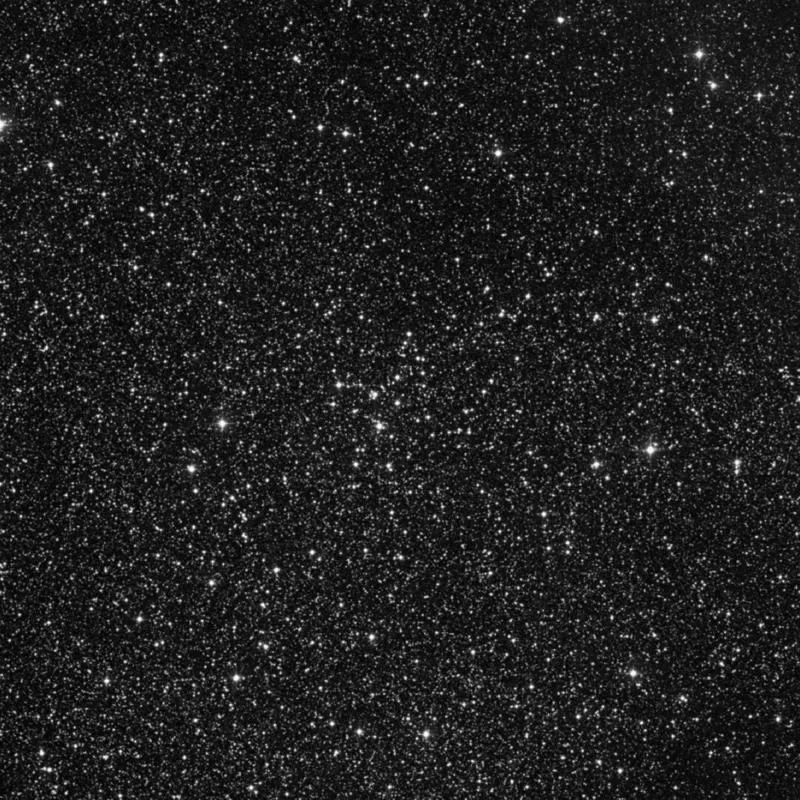
Next up is the open cluster NGC 6830, which is also in Vulpecula and can be found 2º west of M27 and 27 arcminutes north of mag. +4.9 star 12 Vulpeculae. The cluster has an integrated magnitude of +7.9 and a listed diameter of 10 arcminutes.
Smaller instruments will show it as a small fuzzy patch roughly half this size, but a 250mm scope brings this straggly cluster to its full 10-arcminute diameter and reveals there to be around 30 members. The brightest individual star in the cluster’s core is mag. +9.9.
5
NGC 6823
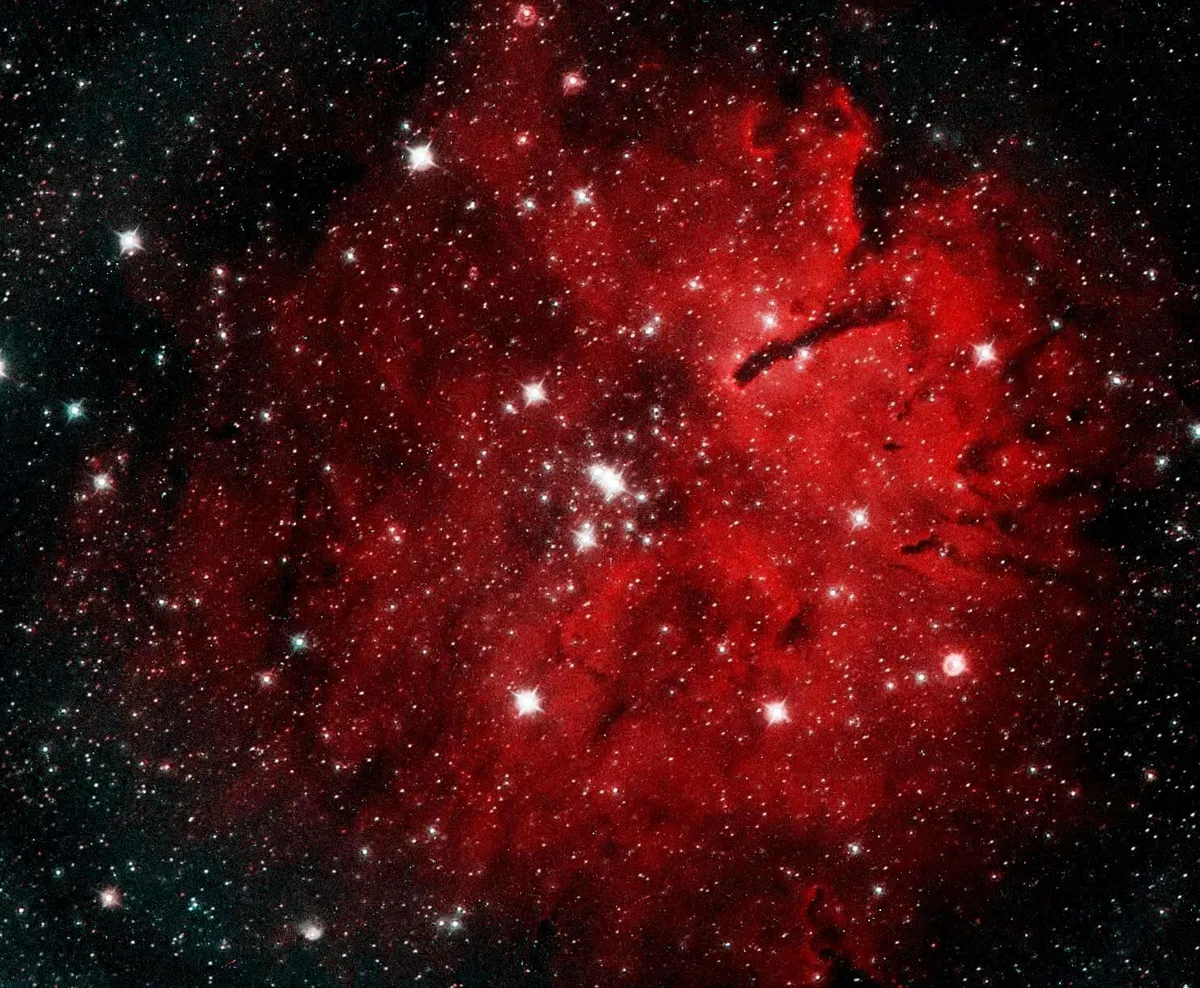
Locate NGC 6823, another open cluster, by extending the line from M27 through NGC 6830 for just shy of the same distance again. The cluster sits inside a faint but photographically very beautiful diffuse nebula, NGC 6820. This can be seen through amateur scopes but it’s a challenge and requires the use of contrast-enhancing filters for the best view.
NGC 6823 is prominent because of a tight diamond arrangement of stars, roughly one-third of an arcminute in length, at its centre. The brightest star in the diamond is mag. +9.2, with the entire cluster having an integrated magnitude of +7.1. A 150mm scope shows about a dozen stars, a 250mm instrument trebling this value.
6
Collinder 399
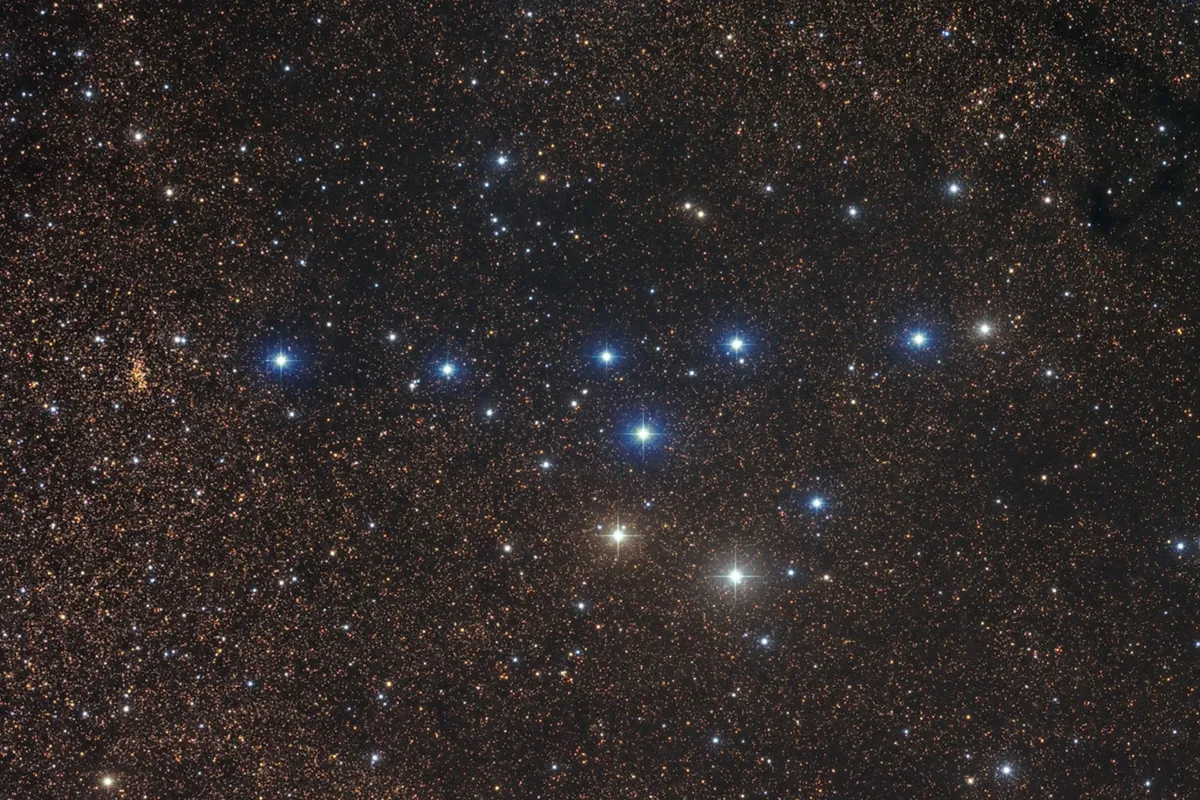
An asterism rather than a true cluster, Collinder 399 also goes under the name of Brocchi’s Cluster or, due to its outline, the Coathanger Cluster. It’s beautiful to view though a telescope at low power, as the extra light-gathering ability helps bring out star colours. The cluster measures 1.5º in length, and is found 4º northwest of Sagitta’s flight.
This guide originally appeared in the August 2022 issue of BBC Sky at Night Magazine.

